From July 6th to 8th, 2023, the 4th Guangdong, Hong Kong and Macao Secondary School Students’ ‘Guangfu Culture’ Learning and Experiencing Workshop was held at Jinan University, which was hosted by the University of Macau’s Centre for Chinese History and Culture, Jinan University’s Centre for the Study of Hong Kong and Macao History and Culture, Yuet Wah College,Macao and Kao Yip Middle School , and co-organized by the Red Hong Xiannv Art Center. The Workshop was attended by 73 Macao teachers and students and 14 volunteers from Jinan University. Based on the principle of “love China, love Macao, love School, and inherit the Lingnan culture”, the Class aimed to promote and inherit the connotation of the Guangfu culture in a positive and objective way, and encourage more Macao students from the Mainland to devote themselves to the study. The workshop takes the form of lectures, field trips and experiences. After each topic, field trips related to the topic will be arranged, including visits to archaeological sites or historical and cultural sites in Guangzhou, and Cantonese Opera performances, etc.
On 6th July , teachers and students of Yuet Wah College,Macao, Kao Yip Middle School arrived at Jinan University and held the opening ceremony of the current Guangdong, Hong Kong and Macao Secondary School Students “Guangfu Culture” Learning and Experiencing Workshop in the electric classroom of the School of Physical Education.Prof. Peng Guoxiong, Dean of the School of Physical Education of Jinan University, Ms. Wang Yu, Deputy Director of the Office of Hong Kong, Macao, Taiwan and Overseas Chinese Affairs of Jinan University, Prof. Ye Nong, Director of the Centre for the Study of Hong Kong and Macao History and Culture of Jinan University and Director of the Institute of Macau Studies , Dr. Zheng Ningren, Director of the Centre for Chinese History and Culture of the University of Macau, Ms. Mok Yat-seng of Yuet Wah College,Macao, Ms. Lui Chi-peng of Yuet Wah College,Macao, Mr. Wong Teck-sang of Yuet Wah College,Macao, and Ms. Chen Rong of Kao Yip Middle School attended the ceremony , Mr. Guo Yuanjun from Kao Yip Middle School attended and delivered a speech. The two schools exchanged souvenir gifts, teachers and students listened attentively and took photos.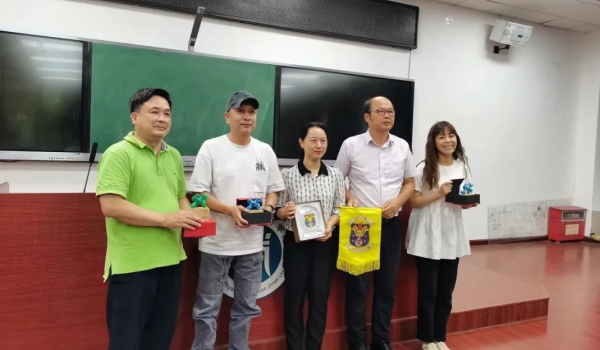 The afternoon of 6th July, people visited and learnt the Chen Ancestral Temple which is known as the “Pearl of Lingnan architectural art” , Chen Ancestral Temple, also known as the Chen’s Academy, is Guangdong’s largest, ornate decorations, well-preserved traditional Lingnan Ancestral Temple-style buildings, focusing on the decorative art of Guangdong folk architecture, the mastery of the decorative arts, the skillful use of wood carvings, brick carvings, stone carvings, gray plastic, pottery sculpture, copper and iron cast and paintings, and other decorative arts. Chen Ancestral Temple is a folk decorative arts of the bright temple.Immediately following the visit to the Western Han NANYUE KING MUSEUM , the King Palace exhibition area to Palace of the Nanyue Kingdom sites as the core, overlaid with the cultural layers from the Qin and Han Dynasty to the Republic of China a total of 13 historical periods, of which the site of the Royal garden of the Nanyue Kingdom, is the earliest age of the discovery of the Qin and Han Dynasty well-preserved examples of the Palace.In the evening, people took a boat to enjoy the night view along the Pearl River in Guangzhou. With the brilliant lights on both sides of the Pearl River, the participants not only felt the long history of the Guangfu culture, but also experienced the new vitality of the Lingnan culture gathering in the old city from the traditional central axis of the ancient Guangzhou city to the traditional central axis of the modern Guangzhou city, and across the new central axis of the Guangzhou city.On 7 th July , we visited the Guangdong Cantonese Opera Museum. With the main theme of preserving, inheriting and promoting the art of Cantonese Opera, Guangdong Cantonese Opera Museum demonstrates the essence and charm of the art of Cantonese Opera to the teachers and students through exhibitions, stage performances, cultural exchanges and educational services.During the afternoon visit to Hong Xiannv Art Center, Dr. Yu Yong explained to the students about Cantonese Opera and introduced the life of Ms.Hong Xiannv, giving them a deeper understanding of the life of this founder of the Hong School of Art, who had ups and downs but still pursued the art of Cantonese Opera.Cantonese opera, also known as Guangzhou opera, is the largest opera genre in Guangdong, and one of the literary and artistic genres that can best embody the characteristics of Cantonese culture, known as the “red bean of the South”, and was inscribed on the “Representative List of the Intangible Cultural Heritage of Humanity” by UNESCO in 2009. Cantonese opera is popular in Guangdong, Guangxi, Hong Kong, Macao and other places, as well as in Southeast Asia, America, Australia, Europe and other countries where Cantonese Overseas Chinese live. Cantonese Opera has a long history of about 500 years, and its formation and development process has been tortuous. The spread of Cantonese Opera overseas is the earliest and most extensive, and it is very popular among Chinese and overseas Chinese, and Cantonese Opera has become a link between Chinese and overseas Chinese.
The afternoon of 6th July, people visited and learnt the Chen Ancestral Temple which is known as the “Pearl of Lingnan architectural art” , Chen Ancestral Temple, also known as the Chen’s Academy, is Guangdong’s largest, ornate decorations, well-preserved traditional Lingnan Ancestral Temple-style buildings, focusing on the decorative art of Guangdong folk architecture, the mastery of the decorative arts, the skillful use of wood carvings, brick carvings, stone carvings, gray plastic, pottery sculpture, copper and iron cast and paintings, and other decorative arts. Chen Ancestral Temple is a folk decorative arts of the bright temple.Immediately following the visit to the Western Han NANYUE KING MUSEUM , the King Palace exhibition area to Palace of the Nanyue Kingdom sites as the core, overlaid with the cultural layers from the Qin and Han Dynasty to the Republic of China a total of 13 historical periods, of which the site of the Royal garden of the Nanyue Kingdom, is the earliest age of the discovery of the Qin and Han Dynasty well-preserved examples of the Palace.In the evening, people took a boat to enjoy the night view along the Pearl River in Guangzhou. With the brilliant lights on both sides of the Pearl River, the participants not only felt the long history of the Guangfu culture, but also experienced the new vitality of the Lingnan culture gathering in the old city from the traditional central axis of the ancient Guangzhou city to the traditional central axis of the modern Guangzhou city, and across the new central axis of the Guangzhou city.On 7 th July , we visited the Guangdong Cantonese Opera Museum. With the main theme of preserving, inheriting and promoting the art of Cantonese Opera, Guangdong Cantonese Opera Museum demonstrates the essence and charm of the art of Cantonese Opera to the teachers and students through exhibitions, stage performances, cultural exchanges and educational services.During the afternoon visit to Hong Xiannv Art Center, Dr. Yu Yong explained to the students about Cantonese Opera and introduced the life of Ms.Hong Xiannv, giving them a deeper understanding of the life of this founder of the Hong School of Art, who had ups and downs but still pursued the art of Cantonese Opera.Cantonese opera, also known as Guangzhou opera, is the largest opera genre in Guangdong, and one of the literary and artistic genres that can best embody the characteristics of Cantonese culture, known as the “red bean of the South”, and was inscribed on the “Representative List of the Intangible Cultural Heritage of Humanity” by UNESCO in 2009. Cantonese opera is popular in Guangdong, Guangxi, Hong Kong, Macao and other places, as well as in Southeast Asia, America, Australia, Europe and other countries where Cantonese Overseas Chinese live. Cantonese Opera has a long history of about 500 years, and its formation and development process has been tortuous. The spread of Cantonese Opera overseas is the earliest and most extensive, and it is very popular among Chinese and overseas Chinese, and Cantonese Opera has become a link between Chinese and overseas Chinese.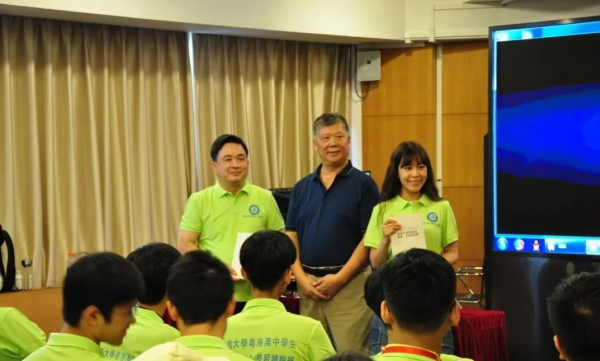 Afterwards, Mr. Fung Hon Wah, an Intangible Heritage Inheritor of Cantonese Opera sheet music, led the group to learn the famous Cantonese Opera song Zhaojun Chusai.Immediately after, under the guidance of Ms. Ge Ruijuan, a Grade II National Artist, participants systematically learned about Cantonese Opera costumes and props, and experienced how Cantonese Opera actors use water sleeves for their performances, and how they dance with spears and swords for artistic expression.
Afterwards, Mr. Fung Hon Wah, an Intangible Heritage Inheritor of Cantonese Opera sheet music, led the group to learn the famous Cantonese Opera song Zhaojun Chusai.Immediately after, under the guidance of Ms. Ge Ruijuan, a Grade II National Artist, participants systematically learned about Cantonese Opera costumes and props, and experienced how Cantonese Opera actors use water sleeves for their performances, and how they dance with spears and swords for artistic expression.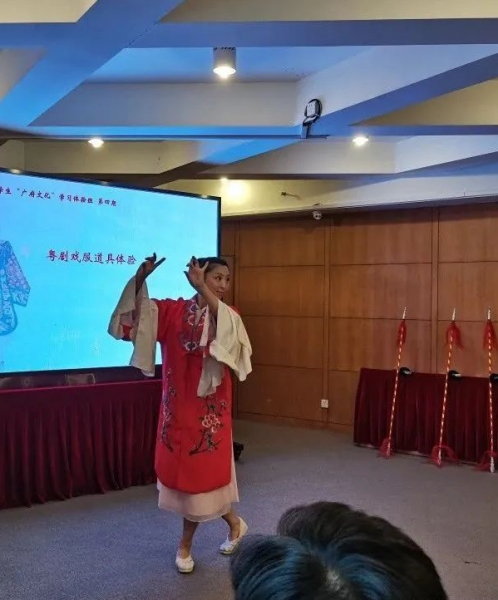
 On 8th July , Prof. Sun Enle of Guangdong University of Technology gave a lecture on “Lingnan Arts and Crafts”, in which he explained in detail the traditional arts and crafts of Lingnan, such as Plaster Mounding , Gambiered Guangzhou Gauze, and Cantonese Embroidery, etc. The closing ceremony of the 4th Guangdong, Hong Kong and Macao Secondary School Students’ “Guangfu Culture” Learning Experience Class was held at Jinan University at noon. The closing ceremony of the 4th Guangdong, Hong Kong and Macao Secondary School Students “Guangfu Culture” Learning and Experiencing Class was held at Jinan University at noon. Prof. Ye Nong, Director of the Centre for the Study of Hong Kong and Macao History and Culture of Jinan University, Director of the Macao Research Institute, Dr. Zheng Ningren of the Centre for Chinese History and Culture of the University of Macau, Mr. Mo Ricong of the Macao Yuet Wah College , Ms. Lei Zhipeng of the Macao Yuet Wah College , Mr. Li Zhi Peng of the Macao Yuet Wah College, and Mr. Li Zhi Peng of the Macao Yuet Wah College. Prof. Sun Enlok and Mr. Mok Yat Seng presented certificates of completion to the students and volunteers of the workshop. Mr. Chung Sum Chi, student representative of Macau Yuet Wah College and Ms. Choi Hiu Ting, student representative of Macau Kao Yip Middle School, said, “Through the three-day workshop, I have realized the profoundness of Lingnan culture and gained a more detailed and in-depth understanding of university life”.
On 8th July , Prof. Sun Enle of Guangdong University of Technology gave a lecture on “Lingnan Arts and Crafts”, in which he explained in detail the traditional arts and crafts of Lingnan, such as Plaster Mounding , Gambiered Guangzhou Gauze, and Cantonese Embroidery, etc. The closing ceremony of the 4th Guangdong, Hong Kong and Macao Secondary School Students’ “Guangfu Culture” Learning Experience Class was held at Jinan University at noon. The closing ceremony of the 4th Guangdong, Hong Kong and Macao Secondary School Students “Guangfu Culture” Learning and Experiencing Class was held at Jinan University at noon. Prof. Ye Nong, Director of the Centre for the Study of Hong Kong and Macao History and Culture of Jinan University, Director of the Macao Research Institute, Dr. Zheng Ningren of the Centre for Chinese History and Culture of the University of Macau, Mr. Mo Ricong of the Macao Yuet Wah College , Ms. Lei Zhipeng of the Macao Yuet Wah College , Mr. Li Zhi Peng of the Macao Yuet Wah College, and Mr. Li Zhi Peng of the Macao Yuet Wah College. Prof. Sun Enlok and Mr. Mok Yat Seng presented certificates of completion to the students and volunteers of the workshop. Mr. Chung Sum Chi, student representative of Macau Yuet Wah College and Ms. Choi Hiu Ting, student representative of Macau Kao Yip Middle School, said, “Through the three-day workshop, I have realized the profoundness of Lingnan culture and gained a more detailed and in-depth understanding of university life”.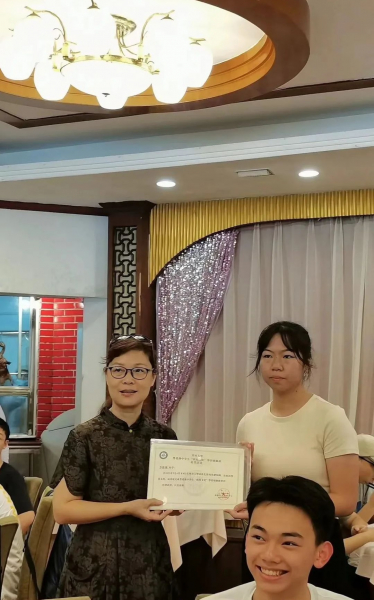 In the afternoon, participants visited the Canton Embroidery Mansion. Canton Embroidery is a traditional embroidery craft in Guangdong Province with a long history and mbroiderers have exquisite skills. Canton Embroidery is characterized by smooth lines, bright colors and delicate patterns, and is often used to make clothes, shoes, bags and other items. Under the explanation of the staff, the participants learned the self-contained stitching technique of the Canton Embroidery Craft. It has a variety of stitches, uniform stitches and focuses on the artistic effect of the embroidery; there are four main types of embroidery: silk velvet embroidery, gold and silver thread embroidery, thread embroidery and bead embroidery. The participants also had a hands-on experience in embroidery.The 4th Guangdong, Hong Kong and Macao Secondary School Students’ Learning and Experiencing Class on “Guangfu Culture” has come to a successful conclusion.
In the afternoon, participants visited the Canton Embroidery Mansion. Canton Embroidery is a traditional embroidery craft in Guangdong Province with a long history and mbroiderers have exquisite skills. Canton Embroidery is characterized by smooth lines, bright colors and delicate patterns, and is often used to make clothes, shoes, bags and other items. Under the explanation of the staff, the participants learned the self-contained stitching technique of the Canton Embroidery Craft. It has a variety of stitches, uniform stitches and focuses on the artistic effect of the embroidery; there are four main types of embroidery: silk velvet embroidery, gold and silver thread embroidery, thread embroidery and bead embroidery. The participants also had a hands-on experience in embroidery.The 4th Guangdong, Hong Kong and Macao Secondary School Students’ Learning and Experiencing Class on “Guangfu Culture” has come to a successful conclusion. 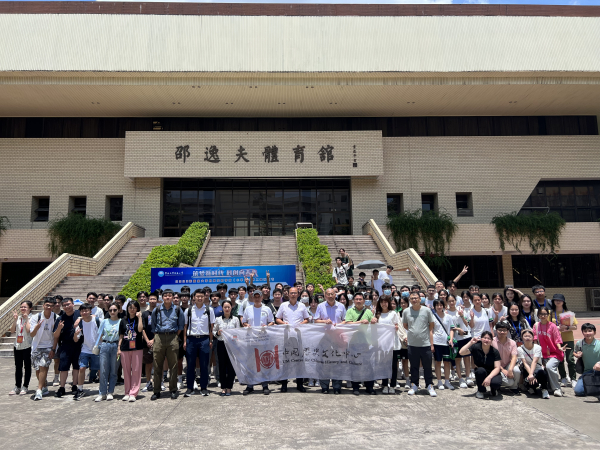

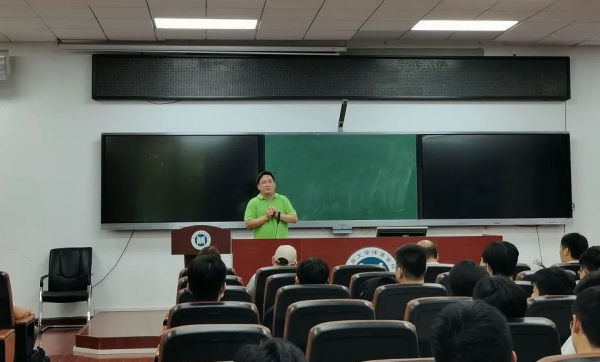




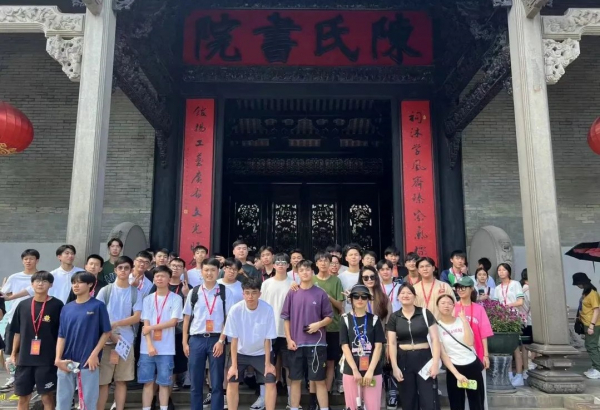
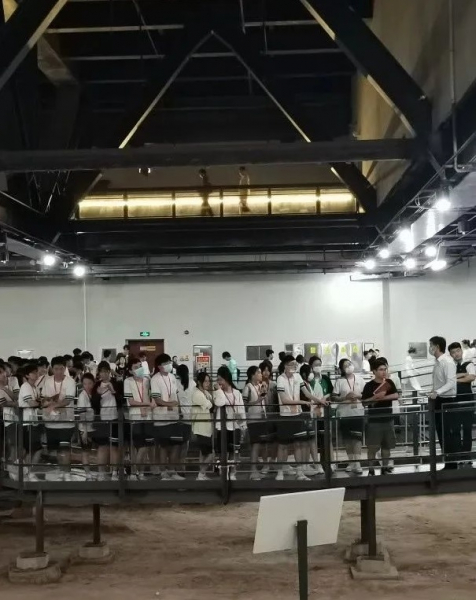

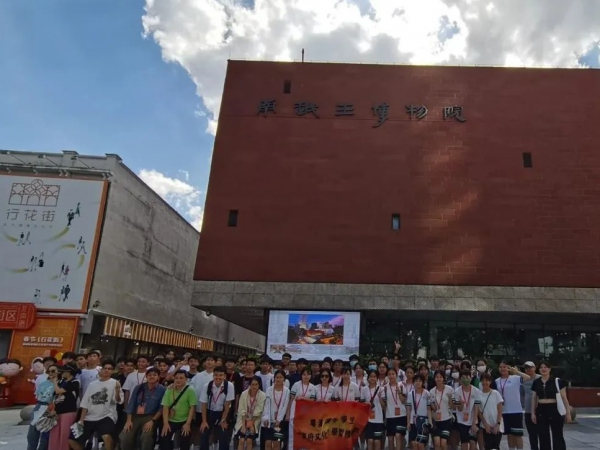



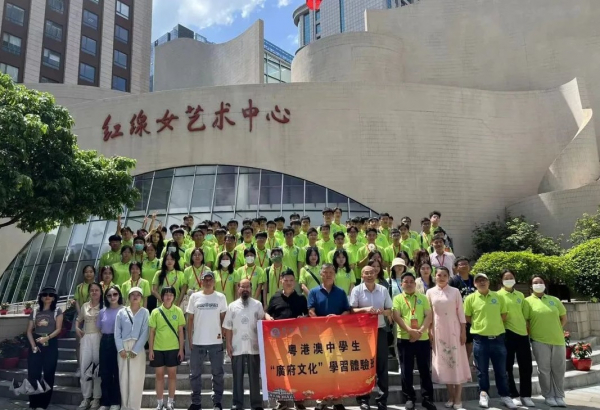

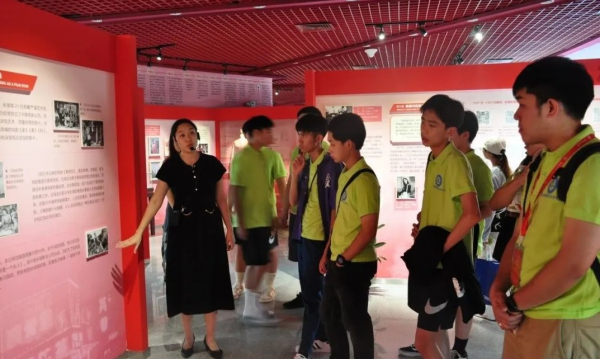


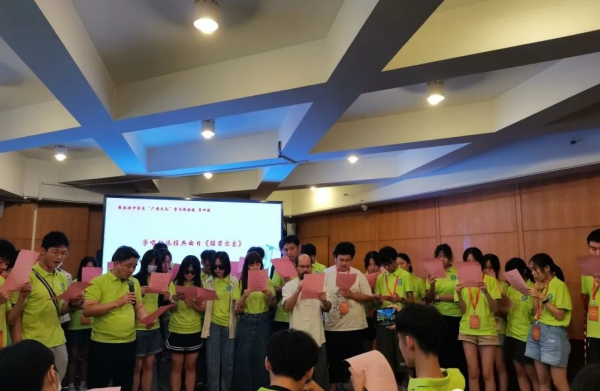



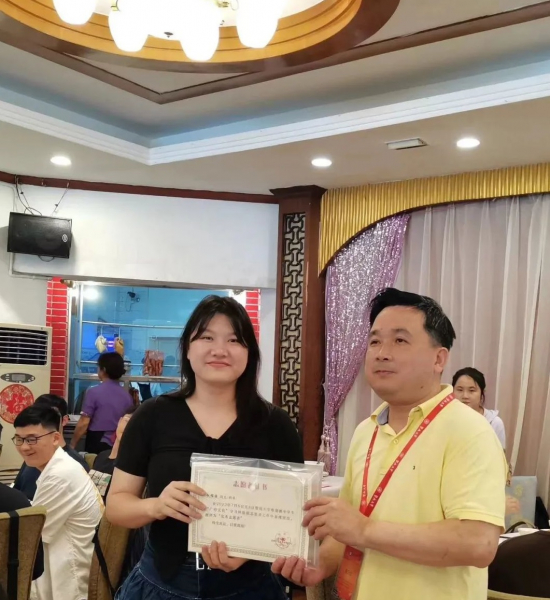
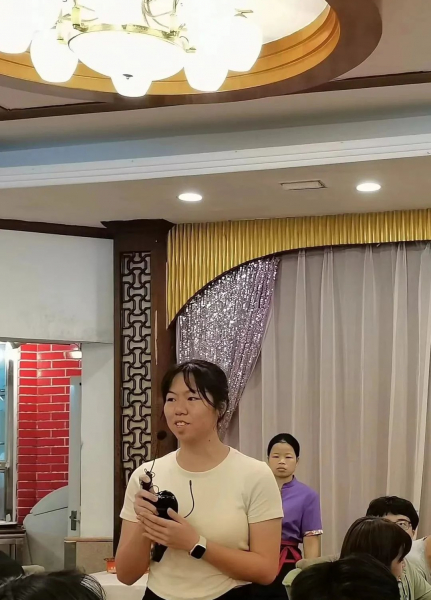
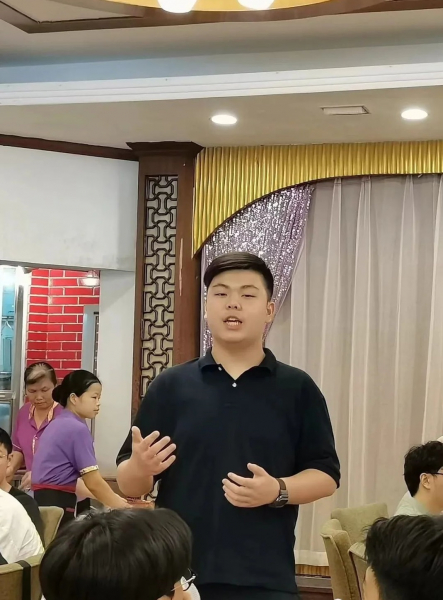
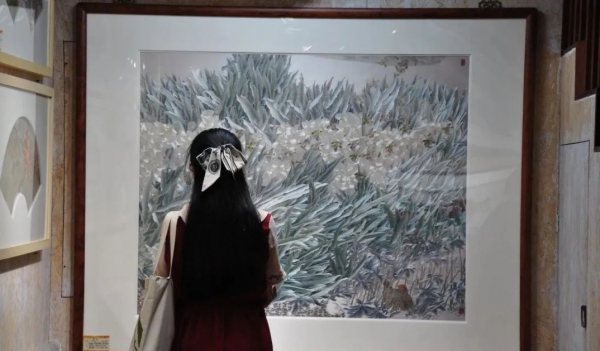
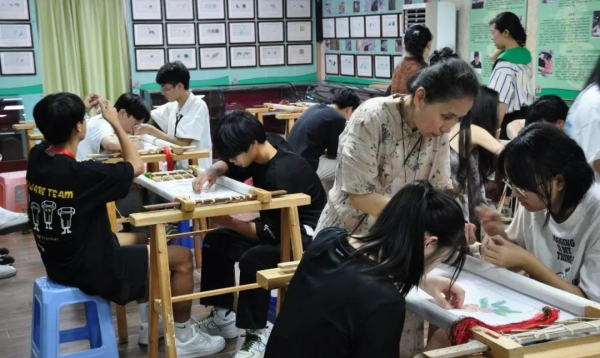
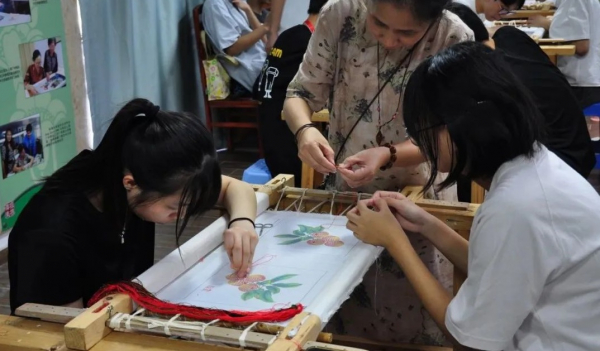

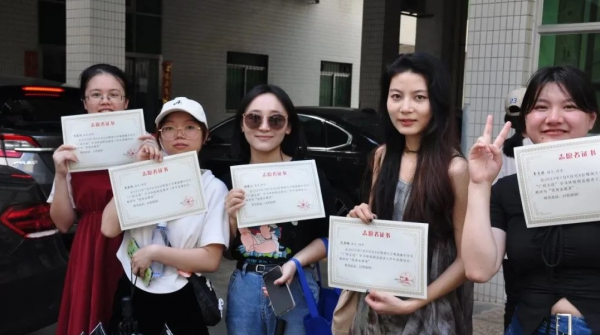
































 This Side of the Scenery 2023 ——Shenzhen Nanshan, Zhuhai Xiangzhou, Hong...
This Side of the Scenery 2023 ——Shenzhen Nanshan, Zhuhai Xiangzhou, Hong...